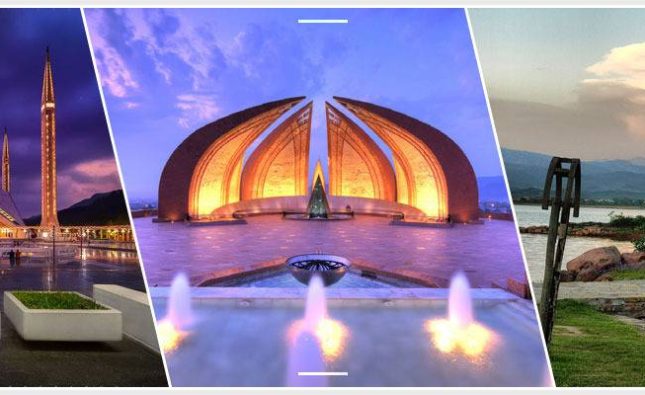
Cultural heritage tourism has emerged as a significant sector within the global tourism industry, driven by travelers’ increasing desire to experience and engage with the historical, cultural, and social fabrics of destinations. This comprehensive article explores the latest trends in cultural heritage tourism, providing insights into the evolving preferences of tourists, the impact of technology, sustainable practices, and the role of local communities in shaping authentic experiences.
Cultural heritage tourism encompasses visits to historical sites, museums, cultural landscapes, and events that celebrate the traditions and achievements of past and present societies. It is a multidimensional field that intertwines education, preservation, and economic development. As the sector grows, it is essential to understand the emerging trends that shape the industry and influence the experiences of tourists and host communities alike.

Technological Integration
The integration of virtual reality (VR) and augmented reality (AR) technologies has revolutionized cultural heritage tourism. These technologies offer immersive experiences, allowing tourists to explore historical sites and artifacts in ways that were previously unimaginable. For instance, VR can recreate ancient cities, giving visitors a glimpse into the past, while AR can enhance on-site visits by overlaying digital information onto physical environments.
Digital Archives and Online Exhibitions
The digitization of cultural heritage assets has made it possible for people to access museums, archives, and galleries from anywhere in the world. Online exhibitions and digital archives provide an alternative to physical visits, broadening the reach of cultural heritage institutions and making them accessible to a global audience.
Sustainable Tourism Practices
Sustainable tourism practices are crucial in preserving cultural heritage sites for future generations. This involves implementing measures to prevent over-tourism, which can lead to the degradation of historical sites. Strategies such as visitor caps, timed entry, and the promotion of lesser-known destinations help distribute tourist traffic more evenly and reduce the impact on popular sites.
Community Involvement
Engaging local communities in the tourism process ensures that cultural heritage tourism is sustainable and beneficial to all stakeholders. Community involvement includes training local guides, supporting local artisans, and promoting cultural events that reflect the heritage of the area. This approach not only enhances the authenticity of the tourist experience but also fosters economic development and cultural preservation.
Experiential and Participatory Tourism
Tourists are increasingly seeking participatory experiences that allow them to engage directly with the culture and traditions of a destination. Hands-on workshops, such as traditional crafts, cooking classes, and dance lessons, provide an interactive way for visitors to learn and appreciate the cultural heritage of a place.
Living History and Reenactments
Living history events and reenactments offer dynamic and engaging ways to experience historical events and lifestyles. These activities, which often involve costumed interpreters and interactive performances, bring history to life and create memorable experiences for tourists.
Rise of Niche Tourism
Ancestral tourism, also known as genealogy tourism, is a growing niche within cultural heritage tourism. This trend involves travelers visiting places connected to their family history and heritage. Advances in DNA testing and genealogical research have made it easier for individuals to trace their ancestry and embark on journeys to discover their roots.
Dark Tourism
Dark tourism, which involves visiting sites associated with death, tragedy, and historical atrocities, has gained popularity in recent years. Destinations such as concentration camps, battlefields, and memorials attract tourists interested in understanding and reflecting on the darker aspects of history.
Role of Cultural Festivals and Events
Cultural festivals and events play a significant role in cultural heritage tourism by showcasing the traditions, music, dance, and cuisine of a destination. These events provide an immersive experience for tourists and serve as a platform for cultural exchange and celebration.

Contemporary Cultural Events
In addition to traditional festivals, contemporary cultural events such as art biennales, film festivals, and literary events attract tourists and highlight the dynamic and evolving nature of cultural heritage. These events often blend historical and modern elements, offering a comprehensive cultural experience.
Conclusion
The trends in cultural heritage tourism reflect a broader shift towards more immersive, sustainable, and technologically enhanced travel experiences. As the industry continues to evolve, it is essential for stakeholders to embrace these trends to preserve cultural heritage, support local communities, and meet the changing expectations of tourists. By doing so, cultural heritage tourism can continue to thrive and contribute to the global appreciation and understanding of diverse cultures and histories.










